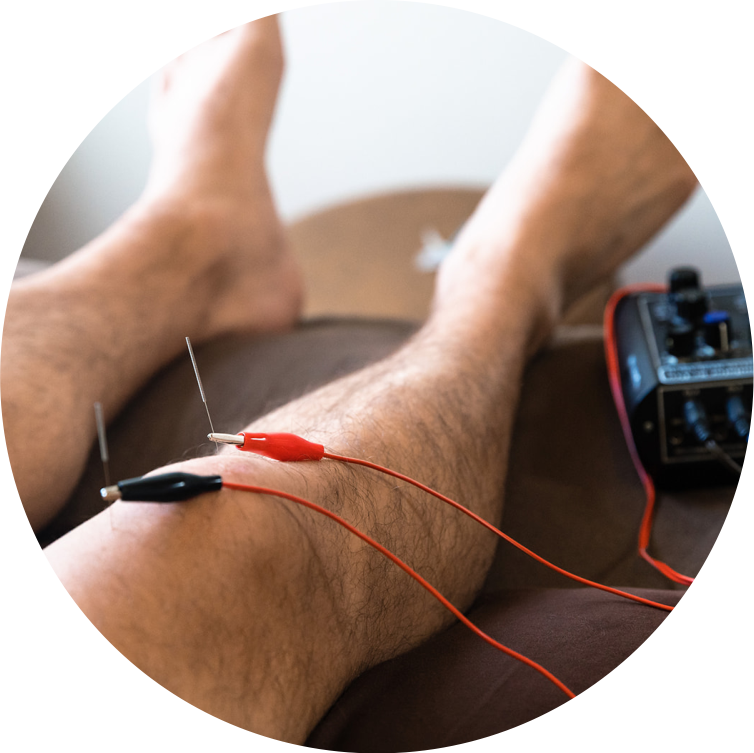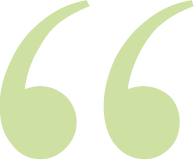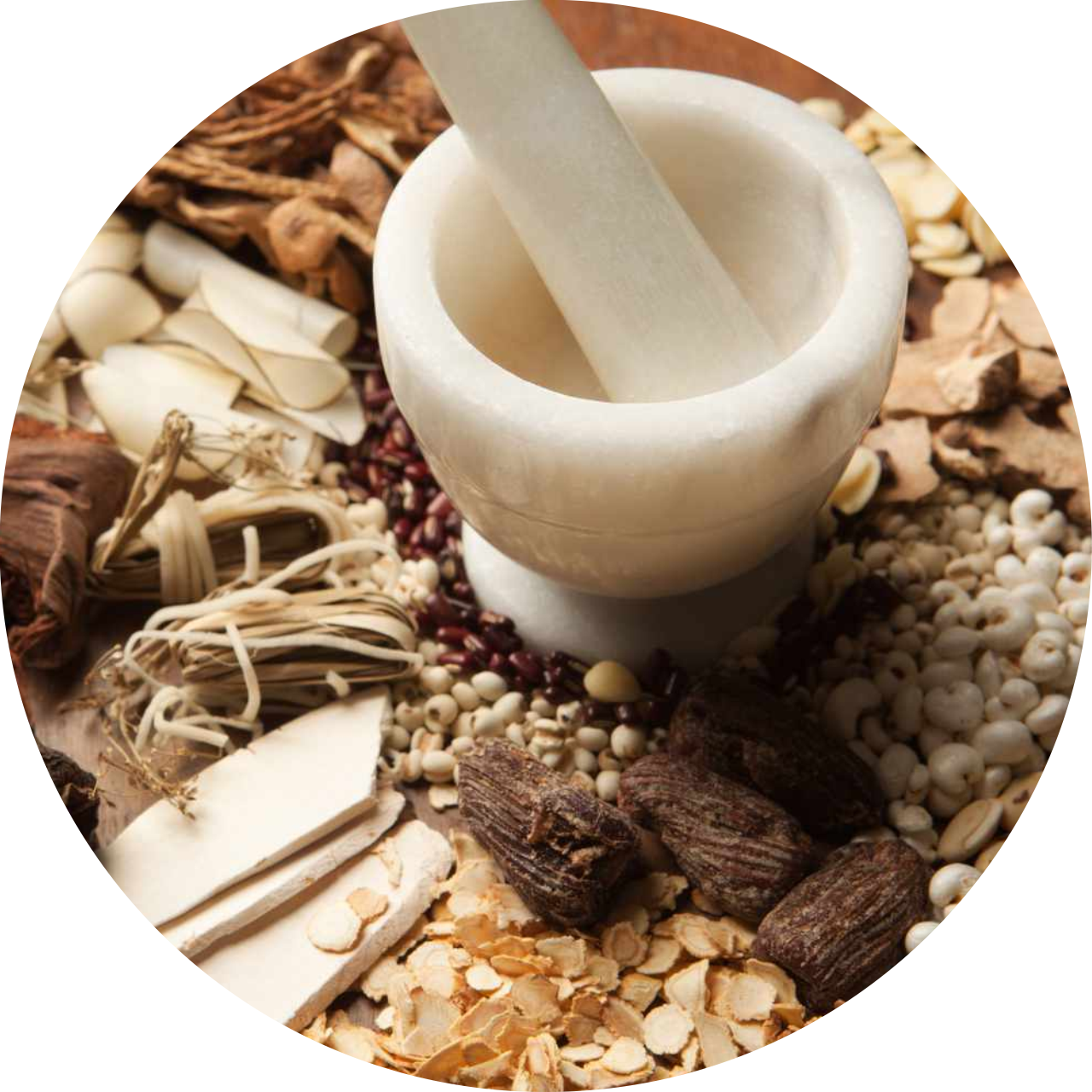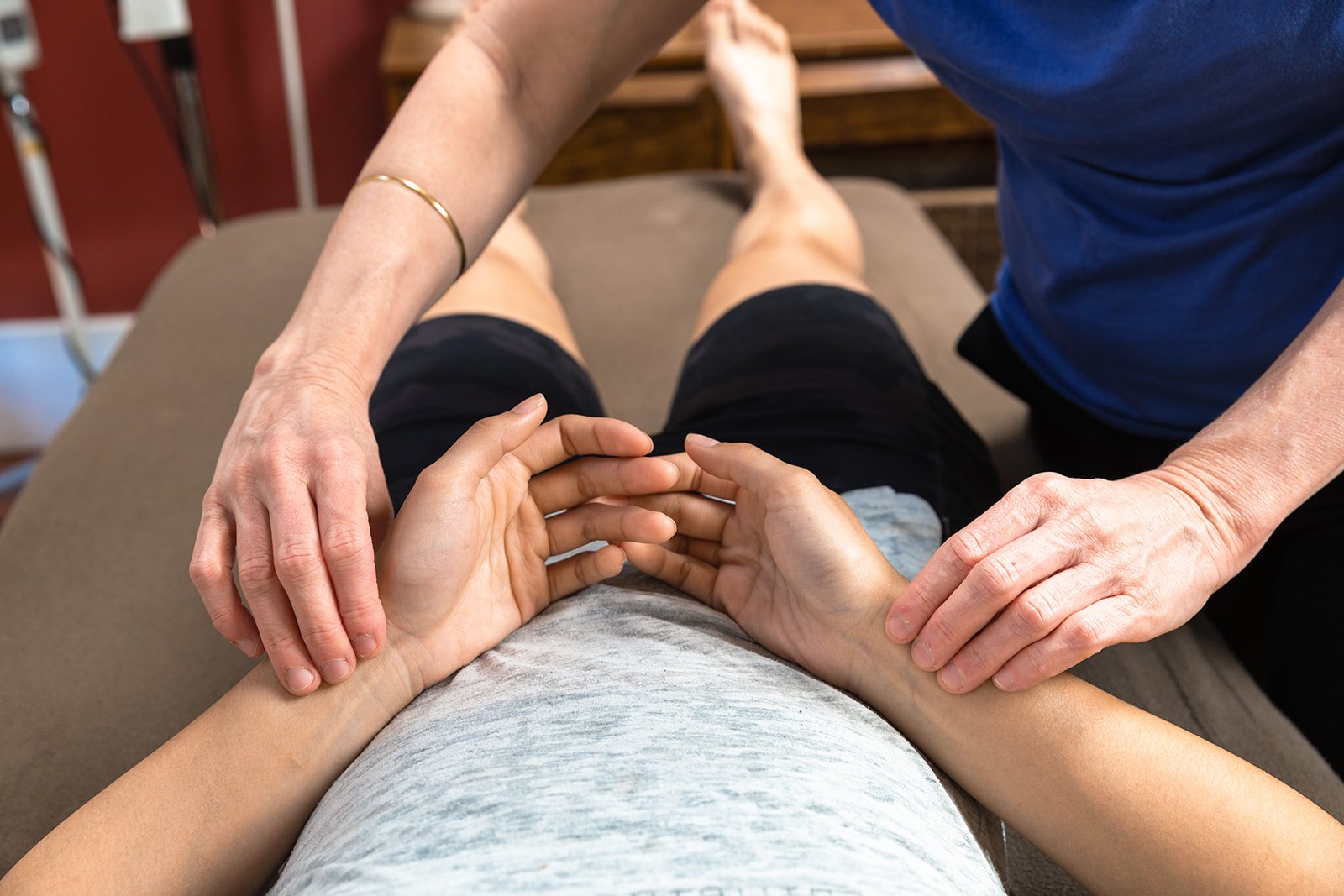
Treatment Methods
Integrative Orthopedic Acupuncture
For pain and injury, Stephanie typically uses orthopedic acupuncture and dry needling. Electrical stimulation is sometimes applied to acupuncture needles to reduce inflammation and promote tissue healing.
Dry needling works to deactivate tight, ropey, tender points in muscle tissue called trigger points, the major cause of myofascial pain. This deactivation of trigger points has been shown to improve mood, increase function and range of motion, improve blood flow and microcirculation through muscle tissue, and decrease pain and disability. Dry needling can also be applied to ligaments (in a manner similar to ‘prolotherapy’) to improve blood flow, tighten lax connective tissue, and improve the stability of joints. Stephanie is skilled at applying an understanding of neuromuscular anatomy along with palpation to identify injured, overused, and sensitive tissues, taut muscle bands, lax ligaments, and trigger points.
Bodywork
In addition to acupuncture, Stephanie uses a variety of manual therapies to promote recovery from injury and pain. These include cupping, gua sha, tui na massage, moxibustion, and topical herbal remedies. With careful consideration of a patient’s stage of injury and other factors, these modalities can be used to facilitate blood and lymph circulation, release lactic acid buildup, break up scar tissue, and stimulate regeneration of healthy tissue. Manual therapy can also be used to identify compensation patterns, stimulate inhibited muscles, and release tension in overcompensating tissue.
Other Modalities Utilized With Patients
-
CranioSacral Therapy is a gentle, hands-on therapy, with roots in osteopathic medicine, that addresses connective tissue and membranous impairments or restrictions to healthy physiological motion in the head, spine, and sacrum. It supports restoration of flexibility within the nervous system by helping to release tension and pressure within the tissues. CranioSacral therapy creates the conditions for the body to become reacquainted and resynchronized with the deeper, subtler rhythms that are an expression of the self-regulating, self-healing intelligence of the human body.
-
Moxibustion (or moxa) is the use of a specially prepared and refined form of the herb mugwort. Used to lightly warm and stimulate acupuncture points or areas of the body, this deeply soothing therapy has highly beneficial physiological effects and has been used for centuries in conjunction with acupuncture.
-
Gua sha is a technique that involves scraping the skin with a massage tool in order to improve blood and lymph circulation, break up scar tissue, lessen pain and muscular tissue, resolve acute and chronic coughs, and ease stress.
-
E-stim (or electrical stimulation) involves sending a tiny electrical current, felt as a slight pulsing sensation at various areas throughout the body where acupuncture needles are inserted. E-stim is used as an adjunctive therapy to ease pain, reduce inflammation, and stimulate inhibited muscles.
-
Cupping involves the use of gentle, controlled suction in order to improve local circulation of blood and fluids, loosen local muscle and connective tissue tension, regulate and boost the immune system, and promote a deep sense of relaxation.
-
Auricular acupuncture involves the insertion of very small needles into specific areas of the ear in order to treat pain and stress-related symptoms and to promote a deep sense of relaxation.
“I have seen dozens of acupuncturists since the early 70's and Stephanie is one of the best. She is very thorough and uses many modalities: acupuncture, herbs, massage, cupping, electrical stimulation - all of which have helped me with chronic back pain and sleep problems. She is very curious about each individual's situation and has done research about diet and supplements to help me deepen my healing. Mostly importantly, she has a caring, healing presence and is generous with her time and expertise. I highly recommend her.”
East Asian Herbal Medicine
The East Asian herbal tradition utilizes over 350 plants, minerals, and other organic materials. These medicinals are classified according to their flavor, temperature, and physiological effects on various regions and systems of the body.
